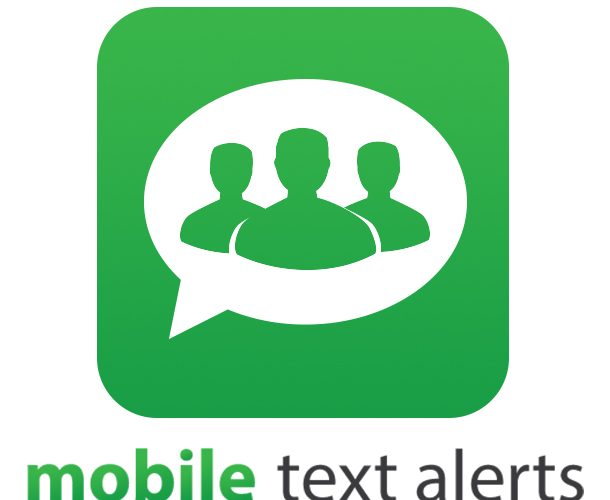
Understanding the Importance of Text Alert Systems for Teams
In an increasingly dynamic business landscape, effective communication is paramount for team success. As organizations expand and evolve, they face numerous challenges, including remote work, diverse employee schedules, and the need for rapid information dissemination. A text alert system for employees serves as a vital tool in addressing these challenges, ensuring that teams remain connected and informed. This article explores the importance of text alert systems for teams and how they contribute to enhanced communication, engagement, and overall productivity.
The Need for Effective Communication in Teams
Effective communication is the backbone of any successful team. When team members are well-informed, they can collaborate more efficiently, make better decisions, and respond quickly to changes. However, traditional communication methods, such as emails and meetings, often fall short in delivering timely information. In contrast, text alert systems provide a direct and immediate way to communicate important updates, ensuring that all team members are on the same page.
The Impact of Poor Communication
Poor communication can lead to misunderstandings, decreased morale, and ultimately, reduced productivity. Some common consequences of ineffective communication include:
- Missed Deadlines: When team members are not informed about changes or updates, projects can fall behind schedule.
- Increased Stress: Uncertainty about tasks and responsibilities can lead to heightened stress levels among employees.
- Low Engagement: Employees who feel disconnected from their teams may become disengaged, resulting in lower job satisfaction and decreased productivity.
- Ineffective Collaboration: When communication is hampered, collaboration suffers, leading to missed opportunities for innovation and improvement.
How Text Alert Systems Enhance Communication
A text alert system for employees addresses the challenges of traditional communication methods by providing a quick, efficient, and reliable way to disseminate information. Here are several ways text alert systems enhance team communication:
1. Instant Notifications
Text alert systems enable organizations to send instant notifications to employees. Whether it’s an urgent update about a project, a reminder for a meeting, or an emergency alert, team members receive critical information in real-time. This immediacy helps teams respond quickly to changes and minimizes confusion.
2. Higher Engagement Rates
Compared to emails, text messages have significantly higher open and response rates. Employees are more likely to read a text message promptly, increasing the likelihood of engagement with important announcements or updates. This heightened engagement fosters a sense of connection and commitment to the organization.
3. Customization and Targeting
Text alert systems allow organizations to customize messages based on employee roles, departments, or locations. This targeted communication ensures that team members receive relevant information tailored to their specific responsibilities, enhancing their overall experience and effectiveness.
4. Reduced Information Overload
In a world where employees are inundated with information, text alert systems help reduce information overload by delivering concise and essential messages. This clarity helps team members focus on what’s important, leading to improved productivity and reduced stress levels.
5. Flexibility and Accessibility
Text alert systems are accessible on mobile devices, allowing team members to receive updates regardless of their location. This flexibility is particularly beneficial for remote teams, ensuring that all employees stay informed and connected, whether they are in the office or working from home.
Features of an Effective Text Alert System
To maximize the benefits of a text alert system for employees, organizations should consider several key features:
1. User-Friendly Interface
A user-friendly interface is crucial for ensuring that both administrators and employees can navigate the system with ease. A simple design promotes higher engagement and satisfaction among users.
2. Customizable Alerts
The ability to customize alerts allows organizations to tailor messages to specific audiences. Employees should have options to choose the types of notifications they want to receive, such as urgent updates, reminders, and general announcements.
3. Scheduling Options
Scheduling options enable organizations to send messages at optimal times. For instance, reminders can be sent during work hours to ensure that employees receive important information when they are most likely to engage with it.
4. Reporting and Analytics
Access to reporting and analytics features can help organizations track the effectiveness of their communication efforts. By analyzing metrics such as message delivery rates and engagement, organizations can refine their strategies and improve overall communication.
5. Integration Capabilities
An effective text alert system should seamlessly integrate with other communication tools and platforms already in use within the organization. This integration enhances the overall communication experience and allows for more efficient information sharing.
Implementing a Text Alert System for Employees
To successfully implement a text alert system and enhance team communication, organizations should follow these steps:
1. Assess Communication Needs
Begin by evaluating your organization’s communication needs. Identify the types of messages that need to be sent and the audience segments that will receive them. Understanding these requirements will guide your selection of a text alert system.
2. Choose the Right Provider
Research different text alert system providers and evaluate their features, customization options, and integration capabilities. Look for a solution that aligns with your specific needs and budget.
3. Train Employees
Once the system is implemented, it’s crucial to provide training to employees on how to use it effectively. Clear instructions on how to opt in to receive messages and respond to alerts will maximize engagement and compliance.
4. Monitor and Adjust
Continuously monitor the effectiveness of the text alert system. Analyze engagement metrics and adjust your communication strategy as needed. Regularly updating the system based on employee feedback will ensure that it remains relevant and effective.
Conclusion
A text alert system for employees is an essential tool for enhancing communication within teams. By providing instant notifications, increasing engagement, and enabling targeted messaging, these systems help organizations overcome the challenges of traditional communication methods. As businesses continue to evolve, investing in effective communication solutions like text alert systems will be crucial for fostering a positive workplace culture, improving team dynamics, and driving overall success.





